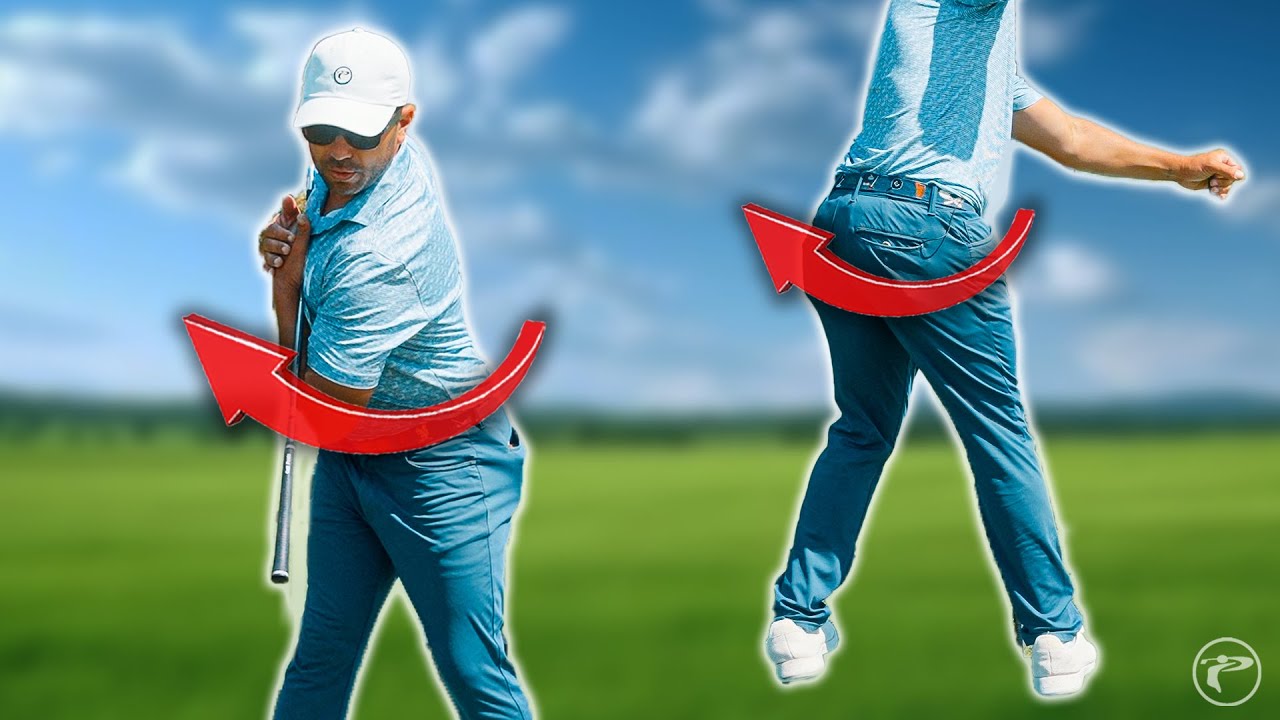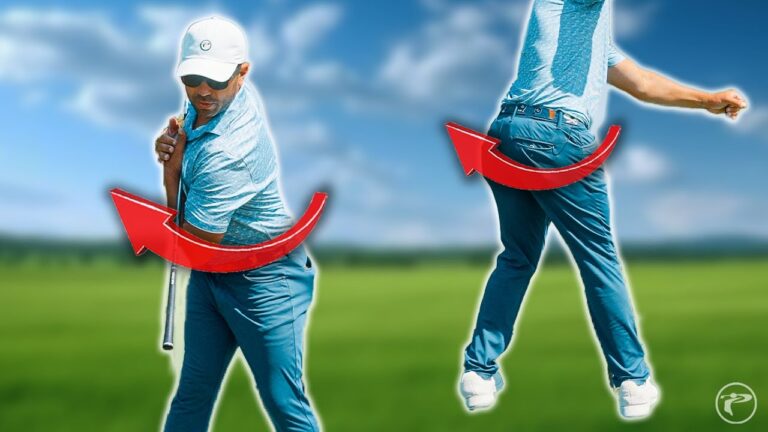
Achieve the best backswing in golf with expert-backed, simple steps. Whether you’re in your first tournament or refining your technique, this guide promises consistent distance and precision. Let’s dive in!
Table of Contents
- Introduction
- Step 1: Set Your Lower Body and Create the Secondary Tilt
- Step 2: Establish the Shoulder Plane
- Step 3: Anchor with Right Pocket and Leg
- Step 4: Maintain Spine Angle and Avoid Pivot Errors
- Step 5: Hip Bump Adjustments by Club
- Step 6: Practical Drills to Enhance Feel
- Step 7: Troubleshooting Common Mistakes
- FAQ
- Conclusion and Practice Plan
Introduction
This guide is your go-to method for building a backswing that delivers power and accuracy. Learn through structured drills and checkpoints designed for players at any level.
Step 1: Set Your Lower Body and Create the Secondary Tilt
A successful backswing starts with a precise setup. A subtle “hip bump” ensures your shoulders turn correctly without losing posture.
- Align your feet’s width depending on the club you’re using.
- Create a minor right hip bump, generating a secondary spine tilt.
- Maintain square hips; the right side should act as a turning brace.
- Feel weight shift into the inside of your right foot.
Why the Hip Bump Matters
The hip bump facilitates a seamless shoulder turn by establishing a secondary spine tilt, preventing unwanted compensations like slices or misses.
Step 2: Establish the Shoulder Plane
The upper body must remain disciplined. Keeping the sternum still while rotating the shoulders is essential for an effective swing.
- The grip points out on the ground for visual alignment.
- Ensure shoulders remain parallel to this alignment, preventing downward motions.
- Rotate around a stabilized sternum to ensure a powerful coil.
Step 3: Anchor with Right Pocket and Leg
Powerful swings start from the right pocket and shoulder, ensuring lower-body stability and coil strength.
- Maintain a flexed right knee to anchor your swing.
- Allow your upper body to build pressure into the right foot, set up for an explosive downswing.
- The right shoulder and hip create a brace, allowing natural body coil.
Step 4: Maintain Spine Angle and Avoid Pivot Errors
Avoid common mistakes such as reverse pivoting by controlling upper body and hip movements.
- Keep the sternum steady during shoulder rotation.
- Hold a consistent belt-line plane by anchoring with the right knee.
Step 5: Hip Bump Adjustments by Club
Adjust your hip bump depending on the club to optimize your stance and swing arc.
- Wedges: Narrow stance for a more pronounced bump.
- Irons: Medium stance, moderate bump.
- Drivers: Wide stance for maximum push-off and upward swing arc.
Step 6: Practical Drills to Enhance Feel
Use these drills to convert theory into seamless on-course execution.
Drill 1 — Club-Alignment Line Drill
- Set an alignment on the ground matching the club’s grip line.
- Practice maintaining shoulder-plane alignment without sternum movement.
Drill 2 — Grip-Forward Turn Drill
- Practice the hip bump and shoulder turn while maintaining right side pressure.
Drill 3 — One-Point Pivot Drill
- Use a visual reminder outside the right foot to stabilize your pivot.
Step 7: Troubleshooting Common Mistakes
Identify and rectify recurring backswing errors for continuous improvement.
FAQ
Do I hip bump with every club?
Yes, the hip bump is vital. Its feel may differ with each club due to stance width and club length.
How much weight shifts during the backswing?
Feel the pressure in the right foot without significantly shifting weight, especially when using longer clubs.
Does the hip bump cause reverse pivot?
When done correctly, the hip bump prevents reverse pivot by creating a solid base for rotation.
Conclusion and Practice Plan
Ensure a successful backswing by embracing these core principles: executing a precise hip bump, maintaining sternum stability, and adapting your technique across clubs. Practice regularly, using structured routines to cement these techniques.
Practice plan (30-minute session):
- 5 minutes: Warm-up focusing on posture alignment.
- 10 minutes: Club-alignment and grip-forward turn drills.
- 10 minutes: One-point pivot drill for stable lower-body practice.
- 5 minutes: Integrate drills into your full swing using various clubs.
Consistency is key. Regular practice using these drill sequences ensures your best backswing emerges, delivering both power and precision.


0 Comments